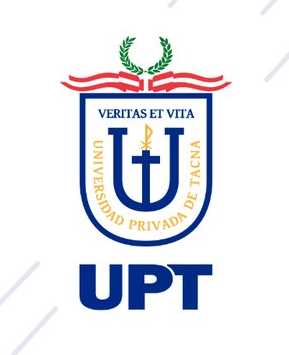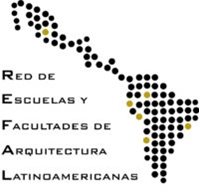Analysis of the homes of the APV Kari Grande, San Sebastián, Cusco, at 2019 Students of the Professional School of Architecture - UAC
Keywords:
Cusco, APV Kari Grande, Popular housing, self-constructionAbstract
The present investigation intends to show and analyze the housing of the APV Kari Grande to 2019, to understand its development process over time, as a model of self-construction and neighborhood management proposed by the State on the basis of the Law of Marginal Districts of 1961, Law 13517 , in order to reduce the deficit of popular housing.
The methodology used is based on a mixed, non-experimental approach of exploratory and descriptive level, the population is represented by the housing of the APV Kari Grande, whose sample corresponds to 100% of the universe, that is, to the total of houses built in the In this sense, the basic statistics for the interpretation of the results will be used, through tables and others.
In the research it has been found that 50% of the houses are of two levels, 16% of a level and 34% of 3,4,5,6 and 7 levels, of which 53% are adobe buildings in front of 47% of concrete, in the same way we have identified 5 types of housing, predominating the type of multifamily housing with 34%, many of them in the process of construction, identifying buildings from 2 to 7 levels, all these characteristics are indicators that they allow us to understand the process of consolidation and densification that the APV Kari Grande is suffering.









